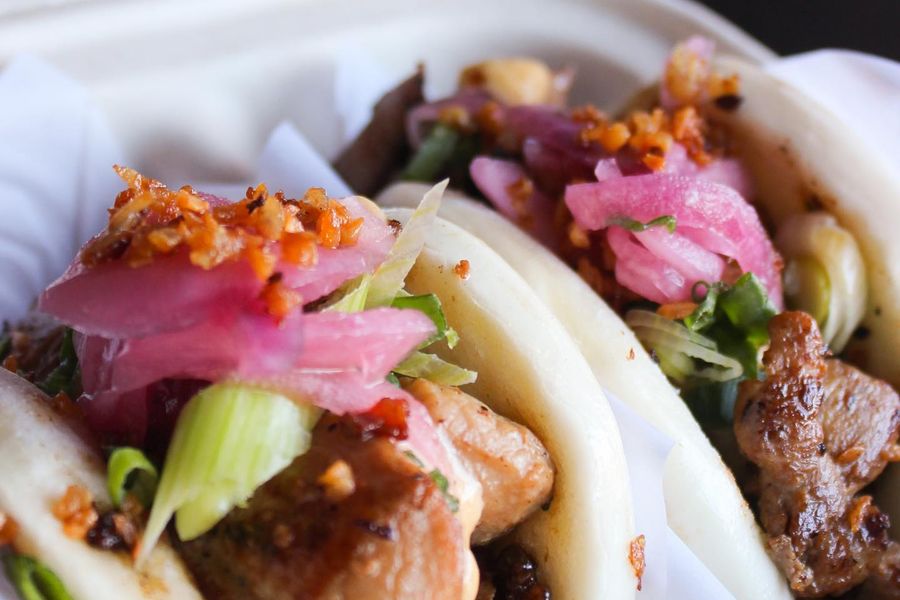Getting to Know: Bun Me Up

Josh Liang never wanted to be like everyone else. His path to becoming a bao bun sensation is as unconventional as his flavor combinations.
“I don't live life with regrets,” says Josh. “Even if in the future it doesn't turn out to be financially the right choice, I'm happy with the choice I made. Software is a good thing. [But I couldn’t do] what my parents wanted me to do, get married, have a house or whatever, and then look back and say, ‘hey, I'm just like every other person my age in this industry. I didn't really chase what I really loved, my dream.’”
So the former software engineer traded in the world of code for the chaos of the kitchen, a leap of faith that has paid off in the form of Bun Me Up.
1% Inspiration, 99% Perspiration



While working on his computer science degrees, it was during his weekend shifts at various eateries that Josh discovered his culinary passion and he began experimenting. "I was just building my own personal recipe book with just a bunch of different kind of things, just trying to refine it," he says.
The pandemic served as an unexpected catalyst. With his software career on pause, Liang poured his energy into developing his bao bun recipes. With all that time on his hands, what began as a hobby quickly transformed into a full-time venture.
Bun Me Up is more than just a restaurant; it’s a culinary experiment. Liang’s bao buns are a daring fusion of flavors, drawing inspiration from his Chinese heritage and his diverse restaurant experience. "I wanted to make bao buns like a vehicle for sauces or marinades that I’ve worked with from all cuisines," he explains. One of his signature dishes, Shoyu Pork, a bold combination of Japanese-style soy-marinated pork belly and a Peruvian-inspired sauce, is a testament to his fearless approach.
"People look at the food and they don’t really know what it is,” Liang says. "They ask, ‘Is this a taco? Is this that?’ And I just kind of tell them, ‘Yeah, it’s like an Asian taco instead of a tortilla, it’s like a bun.’”
Some Bao Bun Background



The history of bao buns is as rich and varied as the fillings they can hold. Originating in Northern China, they are believed to date back to the Three Kingdoms period, around the third century. Legend has it that the famous military strategist Zhuge Liang created bao buns as a clever strategy to deceive a deity, resulting in a victory for his army. While this tale might be steeped in mythology, it underscores the cultural significance of bao buns.
Initially known as mantou, these buns were simple, unleavened wheat buns. Over time, they evolved into the fluffy, steamed delights we know today. As bao buns spread throughout China, they adapted to regional tastes and ingredients. The southern regions, for instance, favored sweeter fillings, while the north leaned towards savory options. With their versatility and deliciousness, bao buns have become a beloved staple across Asia and beyond.
While Josh's unique flavors have garnered a loyal following, the restaurant industry has presented its share of challenges. "Everything’s just so expensive," he says, citing inflation as a major hurdle. Despite the obstacles, Josh remains determined. "I want my own storefront for sure, a hundred percent," he says.
If the restaurant industry doesn’t work out, Josh will always have software engineering to fall back on with no regrets. But as he continues to experiment and evolve, that doesn't seem to be something he'll have to consider. One thing is clear: Josh Liang and his bao buns are here to stay.






